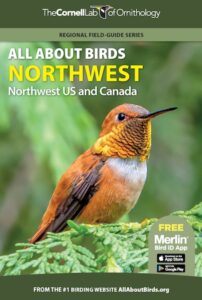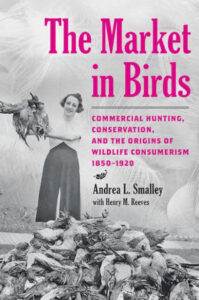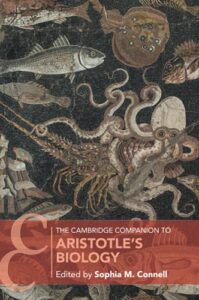Given the overwhelming popularity and extraordinary usefulness of Cornell Lab of Ornithology’s All About Birds web page, it isn’t surprising at all that the content of it would eventually be employed for the creation of a printed field guide.

Given the overwhelming popularity and extraordinary usefulness of Cornell Lab of Ornithology’s All About Birds web page, it isn’t surprising at all that the content of it would eventually be employed for the creation of a printed field guide.

Not so long ago, commercial harvesting of birds and mammals was more akin to that of commercial seafood harvesting. More species were allowed to be hunted and sold into the marketplace, either for food or for the use of some part of them for some other purpose, as well as captured captured alive for various other uses.

Nary a moment of such time as I was at liberty within my elementary school’s halls did I not find my way into its abandoned science lab in order to explore its mysteries. I was particularly fond of examining discoveries made in the decaying wet collection under the large stereoscope. And of all the things I spent time peering at through that wonderful old instrument, planaria were my favorites.

One of the many challenges facing those taking up Aristotle’s zoological writings, or more generally even such works as his “Physics,” is that of understanding the very different scope of his explorations and explanations from what such would be were they to have been undertaken by a modern writer. Indeed, even the very word “physics” (from the Greek φύσις) itself had a very different meaning to Aristotle and his contemporaries than how we use the word today.